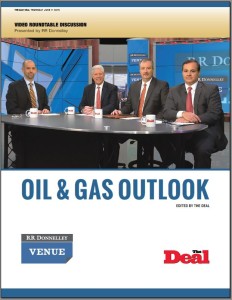Earlier this year, we covered Judge Shelley Chapman’s ruling in the Sabine bankruptcy, permitting the Debtors to reject a handful of gathering and other midstream agreements. Previously, Judge Chapman permitted rejection on the grounds that the Debtors exercised their reasonable business judgement in doing so. At that time, the Court issued a “non-binding” ruling on whether the agreements were (or contained) “covenants running with the land” that would have rendered rejection impossible or useless.
On May 3, 2016, approximately six weeks later, Judge Chapman reached a final “binding” ruling on this open issue – holding that the contracts do not constitute (or include) covenants running with the land, and can be rejected in full. The Court largely reiterated its prior analysis – and even attached the prior opinion to the new opinion. The Court also noted for the first time that, if the contracts had contained covenants affecting the value and use of the real property, they likely would have defaulted the Debtors’ credit facility. Mem. Decision on Motions of Nordheim Eagle Ford Gathering, LLC et al. at 11, In re Sabine Oil & Gas Corp., No. 15-11835 (Bankr. S.D.N.Y., May 3, 2016).


